What is the tolerance range of precision screws?
What is the tolerance range of precision screws?
Service Hotline
+86760-8787 8587We have more than ten years of production experience in the screw industry, the main products are: T-block T-slot pressure plate nut, set cup head bolt, iron nut, flat head bolt with post with needle, manufacturer-made bolts, pressure riveting parts BSO3, 12.9 Cylinder head screws, GB925 nuts, GB67 screws, Hexagon combination bolts, Flat head hexagonal pressure riveting stud nuts, I-shaped flat washers for bad steel, GB818 bolts, Iron black high-strength screws, Ring hanging bolts and other fasteners , Due to the different materials and specifications of the products, the prices are also different, if necessary, please contact us.


Standard introduction Standard code name Material coating GB/T65-2000 slotted cylindrical head screw steel, stainless steel galvanized passivated or untreated GB/T67-2000 slotted pan head screw steel, stainless steel galvanized passivated or not Treated GB/T68-2000 slotted countersunk head screw steel, stainless steel galvanized passivated or untreated GB/T70.1-2008 hexagon socket head screw steel, stainless steel galvanized passivated or untreated GB/T70 .2-2008 Hexagon socket head screw steel, stainless steel galvanized passivated or untreated GB/T70.3-2000 Hexagon socket head countersunk head screw steel, stainless steel galvanized passivated or untreated GB/T71-1985 Open Slotted taper end set screw steel, stainless steel galvanized passivated or untreated GB/T73-1985 slotted flat end set screw steel, stainless steel galvanized passivated or untreated GB/T74-1985 slotted concave end set screw Screw steel, stainless steel galvanized passivated or untreated GB/T75-1985 slotted long cylindrical end set screw steel, stainless steel galvanized passivated or untreated GB/T77-2000 hexagon socket flat end set screw steel, stainless steel Galvanized passivated or untreated GB/T78-2007 Hexagon socket set screw steel, stainless steel galvanized passivated or untreated GB/T79- 2000 Hexagon socket set screw steel, stainless steel galvanized passivated Or untreated GB/T80-2007 Hexagon socket set screw steel, stainless steel galvanized passivated or untreated GB/T818-2000 Cross recessed pan head screw steel, stainless steel galvanized passivated or untreated GB/ T819.1- 2000 Cross recessed countersunk head screw steel 4.8 grade steel galvanized passivation GB/T819.2- 1997 Cross recessed countersunk head screw steel, stainless steel A2-70, non-ferrous metal CU2 or CU3 steel, stainless steel or non-ferrous metal plated Zinc passivated or untreated GB/T820- 2000 Cross recessed half countersunk head screw steel, stainless steel galvanized passivated or untreated GB/T822- 2000 Cross recessed cylinder head screw steel, stainless steel galvanized passivated or untreated Treated GB/T823-1988 cross recessed small pan head screw steel, stainless steel galvanized passivated or untreated GB/T833-1988 slotted large cylindrical head screw steel, stainless steel galvanized passivated or untreated GB/ T837- 1988 Slotted pan head non-prolapse screw steel, stainless steel galvanized passivated or untreated GB/T838- 1988 Hexagon head non-prolapse screw steel, stainless steel galvanized passivated or untreated GB/T2671.1- 2004 Hexagon socket head low cylindrical head screw GB/T2671.2-2004 Hexagon socket head screw GB/T2672-2004 Hexagon socket head pan head screw steel galvanized passivation GB/T2673-1986 Hexagon socket countersunk head screw steel plated Zinc passivation GB/T13806.1-1992 Fasteners for precision machinery ten Slotted Screws Steel, Copper: H68 or HP59-1 Zinc Passivated or Untreated
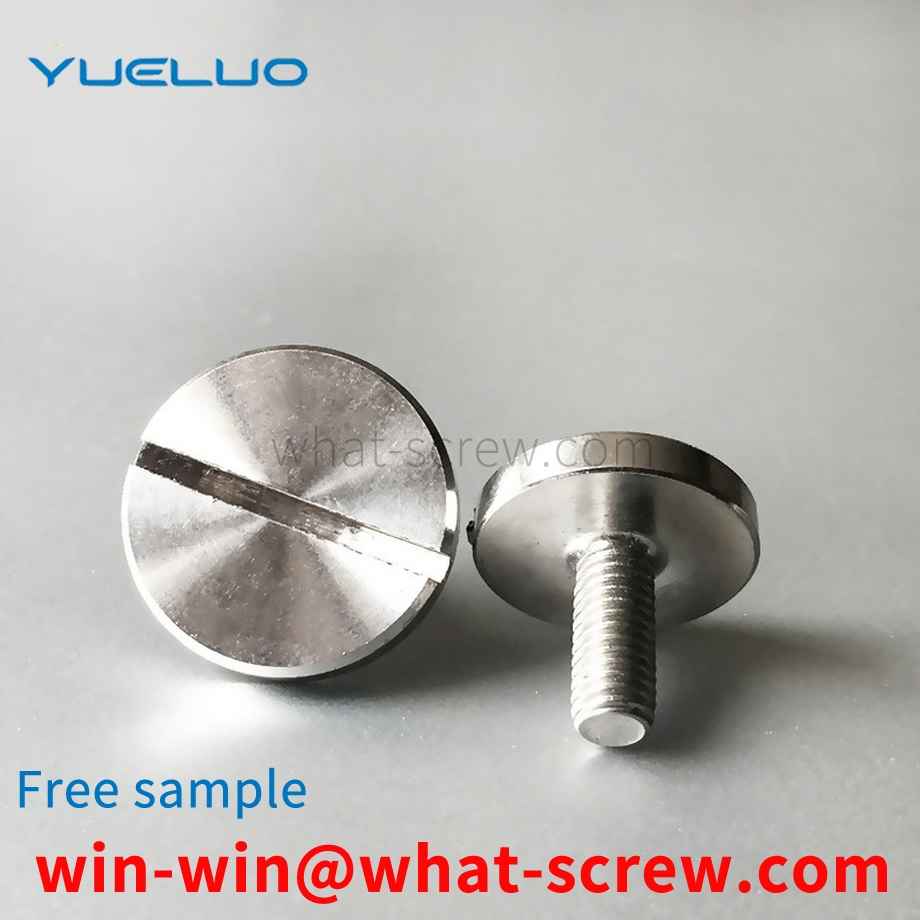
Further, the pressure riveting portion and the pressure-bearing portion are both columnar structures, the outer diameter of the pressure-bearing portion is larger than the outer diameter of the pressure riveting portion, the pressure riveting portion is a stepped structure, and the diameter of the lower end of the pressure riveting portion is smaller than that of the pressure riveting portion. The diameter of the upper end of the rivet part.
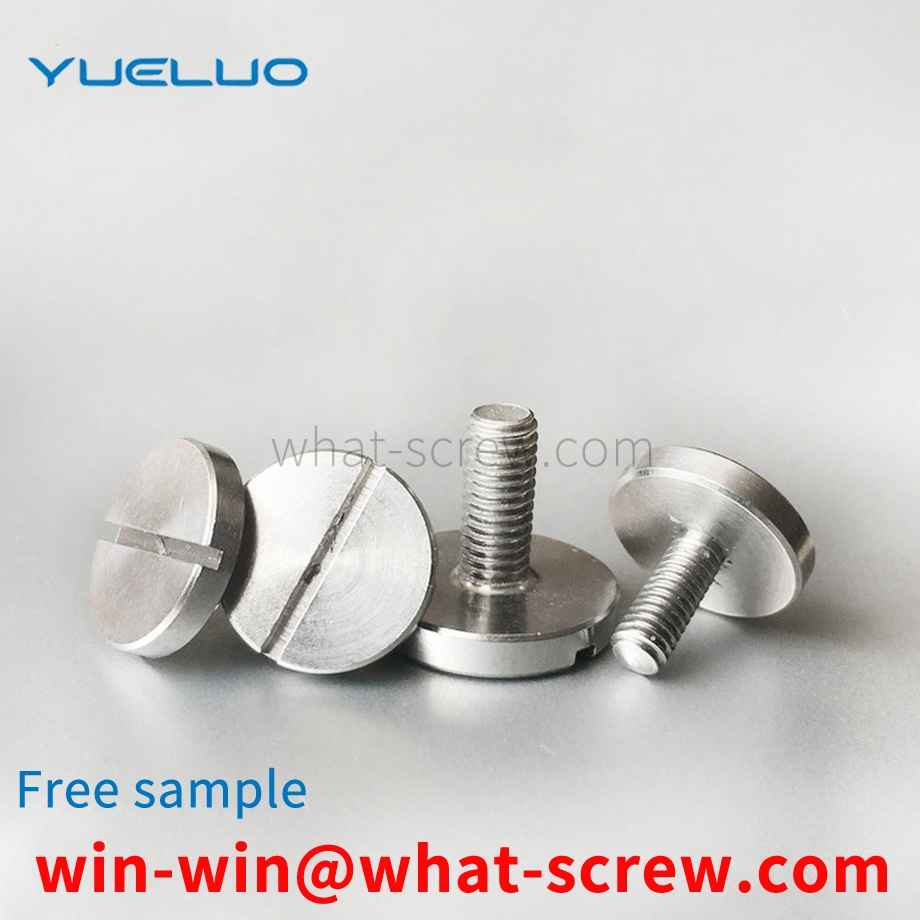
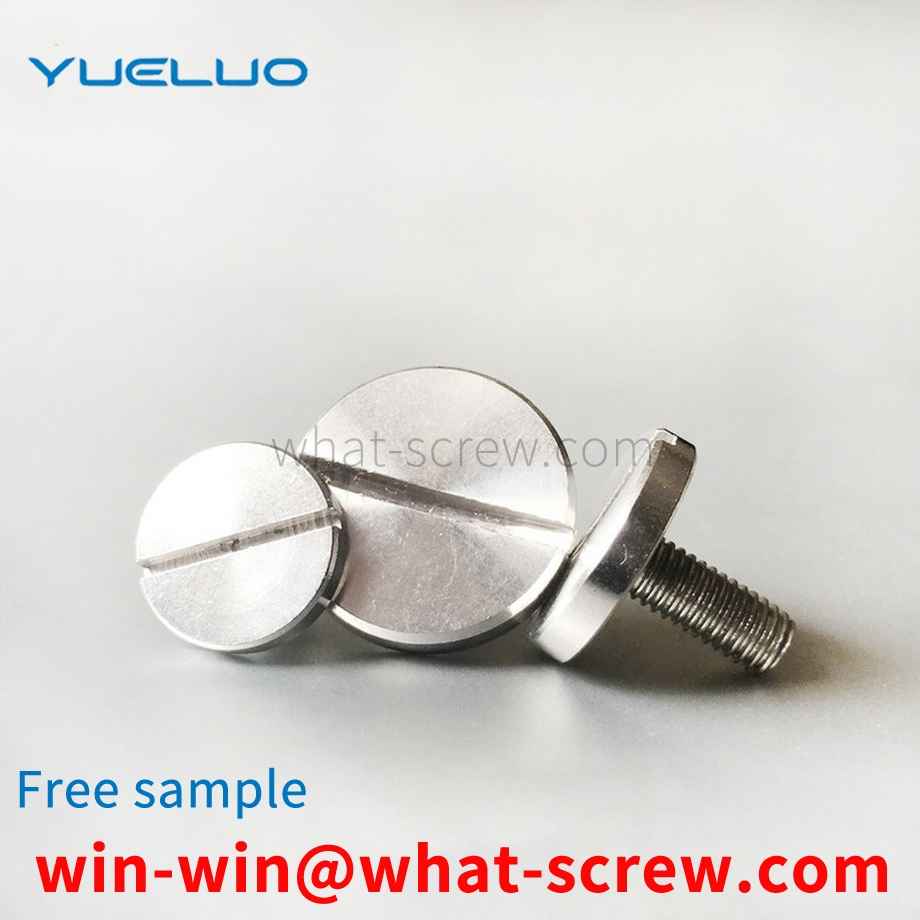
Spring washers are widely used in the load-bearing and non-load-bearing structures of general mechanical products. They are characterized by low cost and easy installation. They are suitable for parts with frequent assembly and disassembly. Quick and easy automatic selection of washers is included, but the anti-loosening ability of spring washers is very low! Especially in European and American countries that require high reliability, the adoption rate is extremely low, especially the important load-bearing structural connection parts have long been abandoned. Our country still has some applications in the military industry, but it has been improved to stainless steel. Steel spring washers have long been banned in CASC! It is also said to be very unsafe, because there are two reasons: 1 is circle rise and 2 is hydrogen embrittlement.
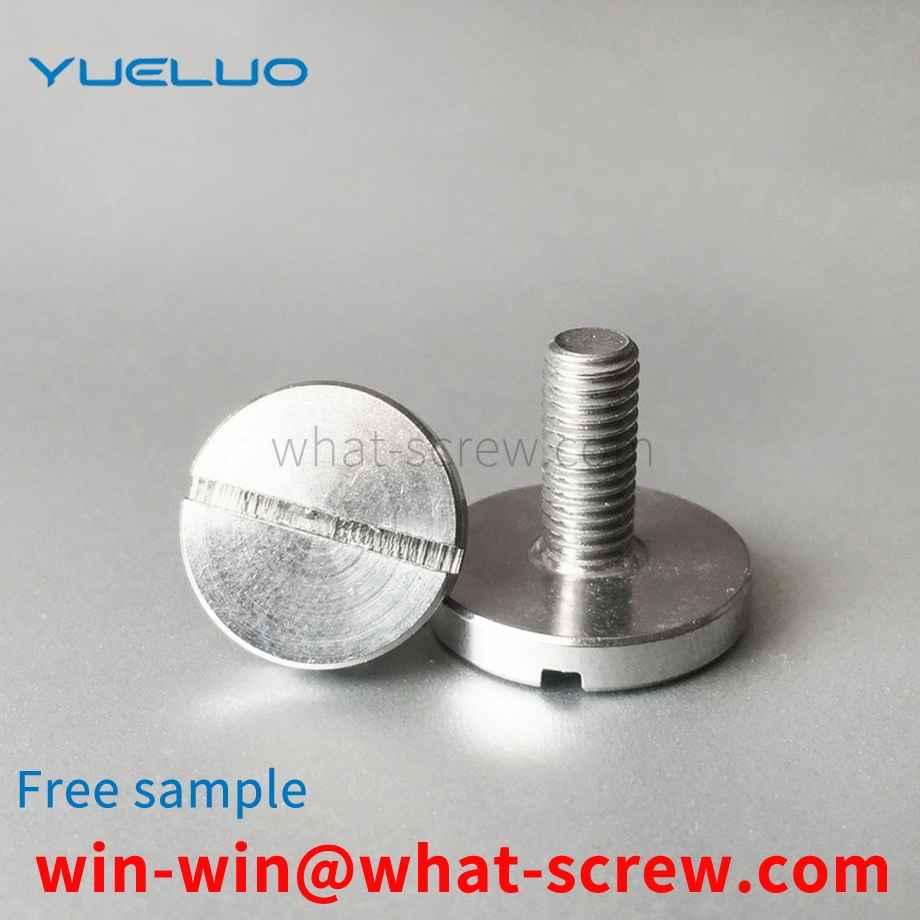
Installation method broadcast 1. One-time burying method: When pouring concrete, bury the anchor bolts. When the high tower is controlled by overturning, the anchor bolt should be buried once. 2. Reserved hole method: The equipment is in place, the holes are cleaned, the anchor bolts are placed in the holes, the equipment is positioned and aligned, and then poured with non-shrinkage fine stone concrete that is one level higher than the original foundation, and compacted and compacted. . The distance from the center of the anchor bolt once buried to the edge of the foundation should not be less than 2d (d is the diameter of the anchor bolt), and should not be less than 15mm (d≤20, it should not be less than 10mm), not less than half the width of the anchor plate Add 50mm, when the above requirements cannot be met, appropriate measures should be taken to strengthen it. The diameter of the anchor bolts used for the structure should not be less than 20mm. When subjected to earthquake action, double nuts should be used for fixing, or other measures to effectively prevent loosening should be adopted, but the anchorage length of anchor bolts should be increased by 5d compared with the anchorage length of non-seismic action. Installation planning of anchor bolts Treatment of anchor bolts loose in the foundation When the anchor bolts are tightened, the bolts may be pulled out. At this time, the bolts should be adjusted to their original positions, and the foundation around the bolts should be shoveled out enough. , and then weld two U-shaped steel bars vertically and horizontally on the bolts, and finally clean the pit with water and grouting, and then tighten the live anchor bolts after the concrete has solidified to the design strength. The treatment method of the live anchor bolt deviation is roughly the same as the dead ground. The method for the anchor bolts is the same, except that the anchor bolts can be pulled out for processing. If the bolt is too long, a section of the thread can be cut off on the machine tool; if the bolt is too short, it can be extended by hot forging; if the position is inconsistent, it can be corrected by bending. Application industry: suitable for various equipment fixing, steel structure foundation embedded parts, street lights, traffic signs, pump, boiler installation, heavy equipment embedded fixing, etc.
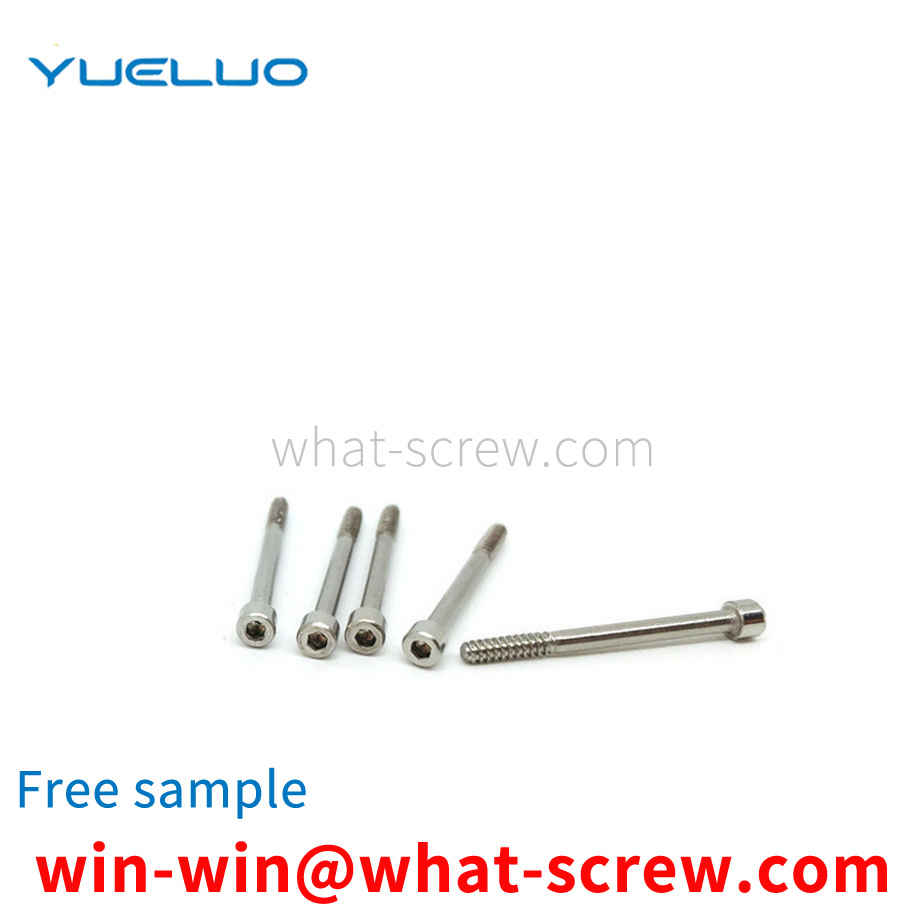
The above content is uploaded by Yueluo or the Internet. If there is any copyright issue, please contact [email protected].

What is the tolerance range of precision screws?

How to choose the right stainless steel screw manufacturer?

Why is there an R angle under the head of the hexagon head s...

We have more than ten years of production experience in the ...

We have more than ten years of production experience in the ...

We have more than ten years of experience in screw industry ...

We have more than ten years of experience in screw industry ...